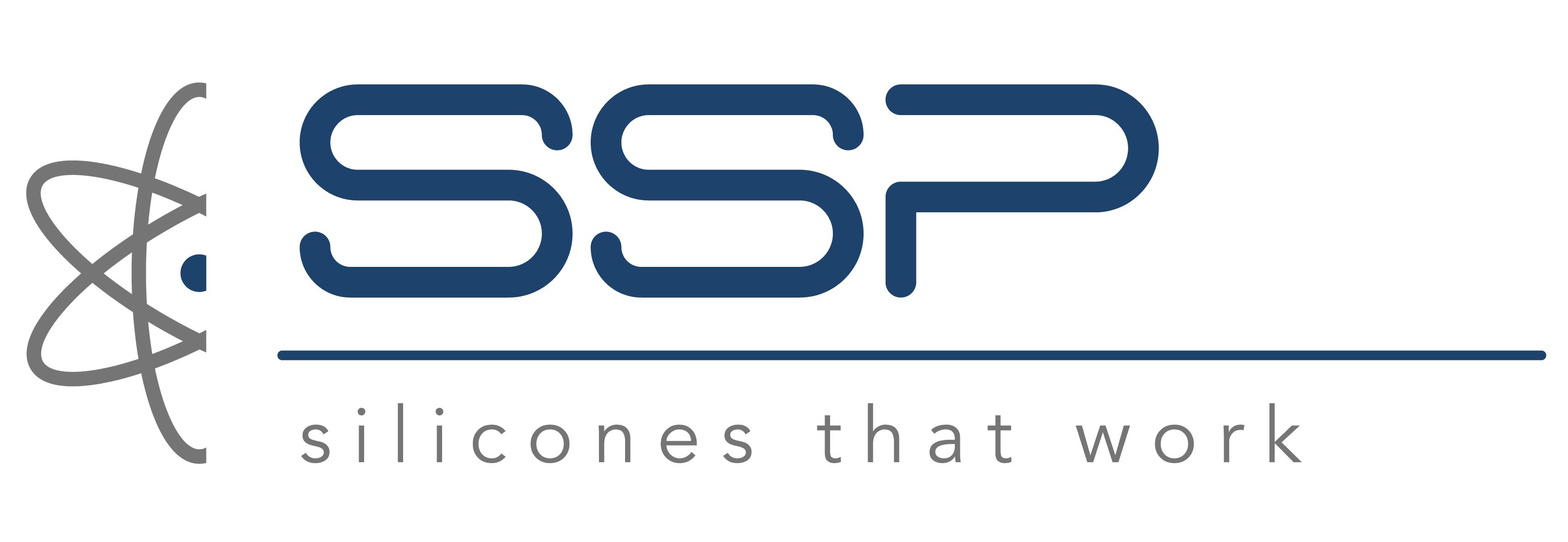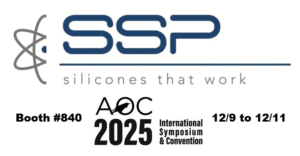Per- and polyfluoroalkyl substances, more commonly called PFAS, are a category of widely used chemicals with components that break down very slowly over time. They are often called “forever chemicals” because once they are in the environment they tend to stay there. PFAS can be found in a wide range of consumer products like waterproof clothing, non-stick cookware, takeout food containers, and personal care products like shampoo and dental floss.
There are thousands of different PFAS, and some have been found in the blood of people and animals, and in water, air, fish, and soil. Studies have shown that some types of PFAS in the environment may be linked to harmful health effects in people, but not all PFAS are the same. Nevertheless, some regulators are seeking to ban all PFAS broadly, and that’s causing companies to seek alternatives.
Specialty Silicone Products (SSP) uses polytetrafluoroethylene (PTFE), a type of polymeric (long chain) PFAS, as carrier films for cured roll products. SSP also uses fluorinated inputs in EMI fluorosilicones like SSP502F and SSP2486-70, and in aerospace fluorosilicones like SSP083V and SSP267V. SSP does not use any of the short-chain PFAS associated with health risks, and we ensure that short-chain PFAS are not present in the inputs we buy.
Because SSP does use polymeric (long-chain) PFAS, we are preparing for regulatory scenarios ranging from an outright ban on all PFAS to a ban on only those PFAS with associated health risks. We recognize the effects that a full or partial ban would have on our customers and are tracking developments in both the United States and Europe. We are identifying suitable alternatives to use in our advanced materials products in case of a total PFAS ban.
As part of our commitment to our customers, SSP is sharing PFAS information like you’ll find in this article. We’re also communicating with our suppliers to understand how they’re preparing for possible regulations, and talking to trade associations and other organizations that can help shape the new rules. In addition, we want you to know how the PFAS we use are different than some of the PFAS you may have heard about. Our products are not water-soluble, and they may ultimately be exempt from regulations.
What are PFAS?
These substances have been released into the environment through the production, use, and disposal of PFAS-containing products such as paint, waterproof clothing, and firefighting foams. Two specific types of PFAS, perfluorooctane sulfonate (PFOS) and perfluorooctanoic acid (PFOA), have demonstrated health impacts. They are also among the PFAS substances that the U.S. Geological Survey detected in 45% of tap water samples across the United States.
In 2021, the U.S. Environmental Protection Agency began requiring public water systems to test water supplies for 29 different types of PFAS, including PFOA and PFOS. In Hoosick Falls, New York, a 40-minute drive from SSP’s headquarters, Saint-Gobain and Honeywell were fined $45 million for PFAS remediation associated with PFOA contamination of the village’s water supplies. Like PFOS, PFOA is resistant to typical environmental degradation processes and is linked to cancer and other health concerns.
What is the regulatory environment?
Three U.S. states have passed legislation that may ultimately ban all PFAS in all products within the next ten years. Maine’s ban takes effect in 2030, and bans in Minnesota and Rhode Island take effect in 2032. Other states have enacted partial PFAS bans that affect specific classes of consumer products. Examples include food packaging, clothing, cookware, cosmetics, furniture, furniture, upholstery, and carpeting along with products for babies and children.
In February 2023, the European Chemicals Agency announced a proposal to restrict the use of approximately 10,000 individual PFAS. The open consultation period ends this month (September 2023), and there isn’t a timeline for when European Union legislation could take effect. The results could range from a total ban on all PFAS to targeted bans on specific PFAS. Alternatively, there could be bans on specific products with exemptions for critical uses.
To learn more about how we’re preparing for potential regulatory changes, contact SSP.





